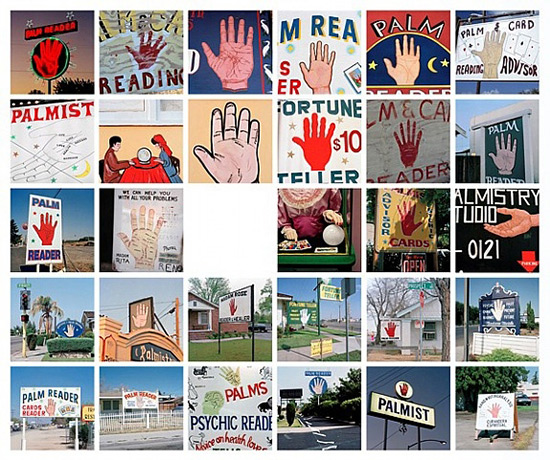A photographic typology is a single photograph or more, that shares a high level of consistency. This consistency is usually found within the subjects, environment, photographic process, and presentation or direction of the subject.

The term ‘Typology’ was used to describe a style of photography when Bernd and Hilla Becher began documenting dilapidated German industrial architecture in 1959. The couple described their subjects as ‘buildings where anonymity is accepted to be the style’.
THE BECHER’S – Typologies of industrial architecture

Hilla Becher was a German conceptual photographer. Becher was well known for her industrial photographs, or typologies, with her collaborator and husband, Bernd Becher. For forty years, they photographed disappearing industrial architecture around Europe and North America and then won the Erasmus Prize in 2002 and Hasselblad Award in 2004.

They focus on photographing industrial structures such as water towers, coal bunkers, gas tanks and factories and never included people. Their work was in a documentary style as their images were always taken in black and white.
They exhibited their work in typologies, grouping of several photographs of the same type of structures. They’re also well known for presenting their images in grid formations.
Ed Ruscha
Ed Ruscha is an artist known for his paintings and prints but is also recognised for his photographic books on typologies.

Jeff Brouws
Twentynine Palms – is a photographic book by Jeff Brouws is a photo book that contains a selection of images of vintage roadside signs advertising fortune tellers and palm readers.

